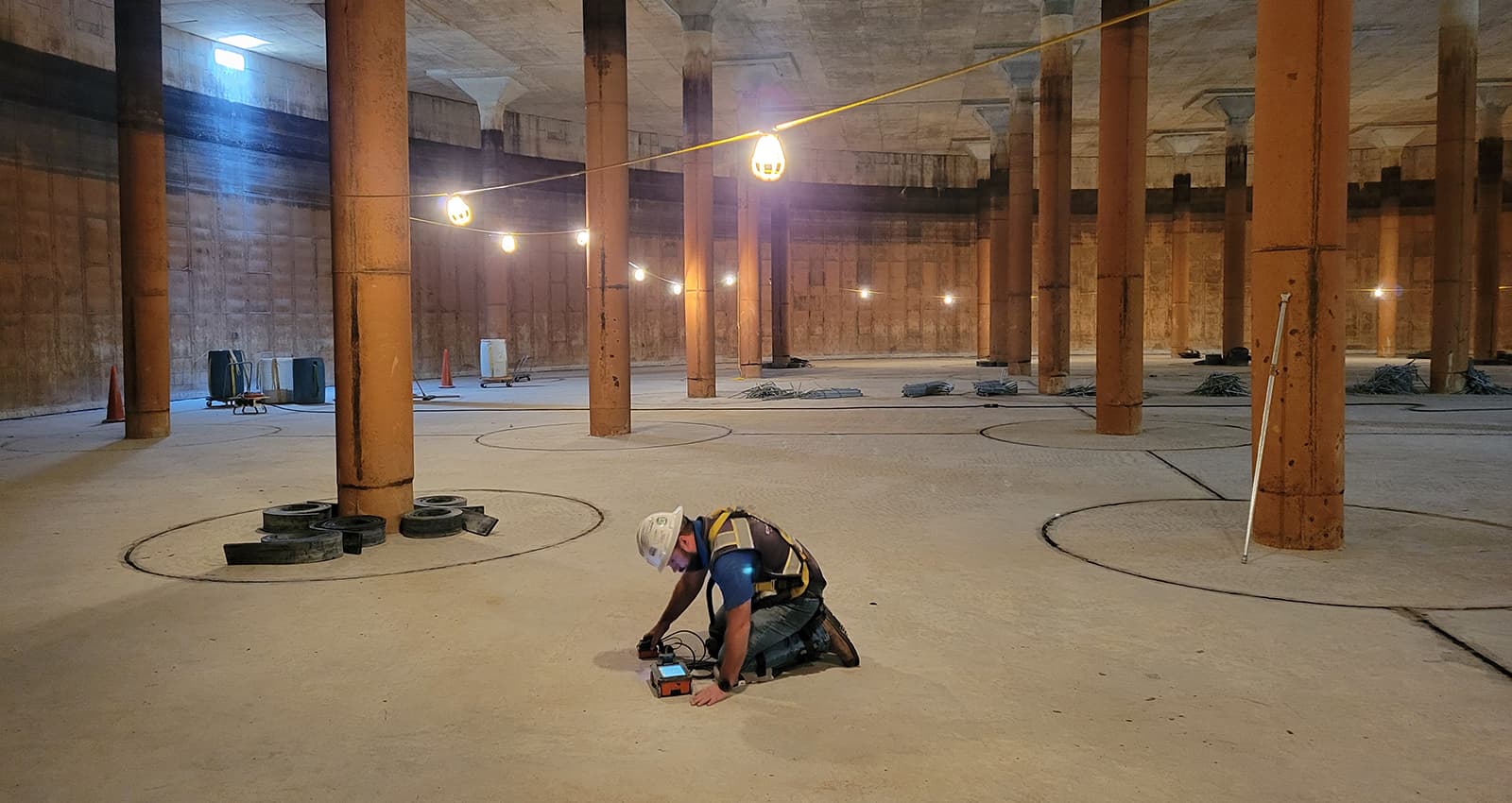
Every once in a while, a new technology comes along that revolutionizes an industry. The printing press completely revolutionized printed communication in the 15th century, while steam engines and electric motors brought about huge changes to manufacturing and transportation during the industrial revolution. Most recently, artificial intelligence has disrupted a variety of industries, including finance, marketing, and manufacturing.
In the niche industry of underground utility locating, ground penetrating radar (GPR) is one of the technologies to take the industry by storm. GPR is not necessarily a brand-new technology. It was first used back in the 1920s in Austria to measure the depths of glaciers. After that, it was used mostly by militaries around the world to locate things like hidden tunnels, buried explosive devices, and clandestine graves.
It wasn’t until the mid-1980s that GPR devices became affordable enough for commercial use to locate items buried underground, such as utility lines, or those embedded in concrete. Prior to this, X-ray was really the only effective means of locating buried or embedded items. Unfortunately, X-ray is quite dangerous. It emits harmful radiation, and therefore requires an area to be completely cleared prior to a scan. It is also time consuming to operate, and therefore, costly to the average property owner needing his or her land or building scanned.
GPR scanning, on the other hand, is completely safe. No special protective equipment is required for GPR technicians, and a building doesn’t need to be cleared out prior to being scanned. The results of the GPR scan can often be interpreted on site, which provides the client with fast, accurate information about what is located below the ground’s surface or embedded in their concrete pad or block walls. In recent years, the price of GPR scanning devices has come down substantially, improving access to the technology.
According to Enhanced Scanning, a GPR scanning company in Riverside County, California, “Ground penetrating radar (GPR) is our go-to technology for a good portion of our underground scanning projects. GPR is great technology, but it is far from perfect. In other words, it has some limitations. As a GPR scanning company, it is important that we understand the limitations of GPR, so we know when to bring in other tools to get the information our clients need.”
GPR struggles to locate items in certain types of soil, such as soil with high clay content or high moisture content. It also cannot clearly differentiate between different types of buried items. For example, it can’t tell you for certain if you are looking at a metal pipe or a plastic one, although a trained technician can often make a fairly accurate educated guess.
For these reasons, it is important to work with a highly trained GPR technician or GPR scanning company that is able to verify their results with other nondestructive scanning tools when necessary. Some of the other tools a scanning company might use would be electromagnetic locating devices, magnetometers, and possibly even X-ray. When the stakes are high—as they often are in the utility locating industry—you want to work with a GPR scanning company that can confidently provide you with accurate results.











